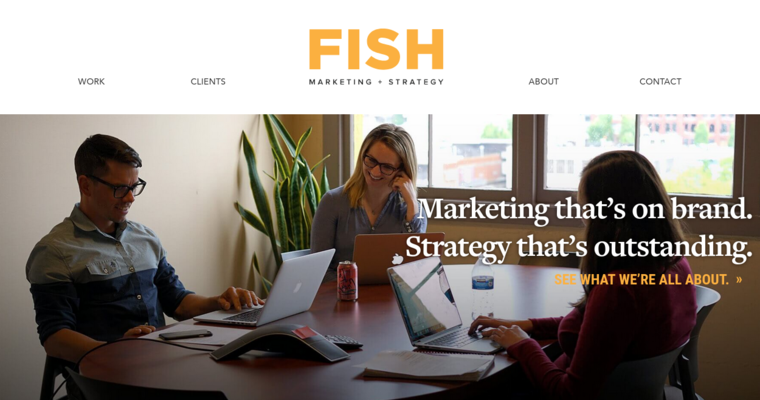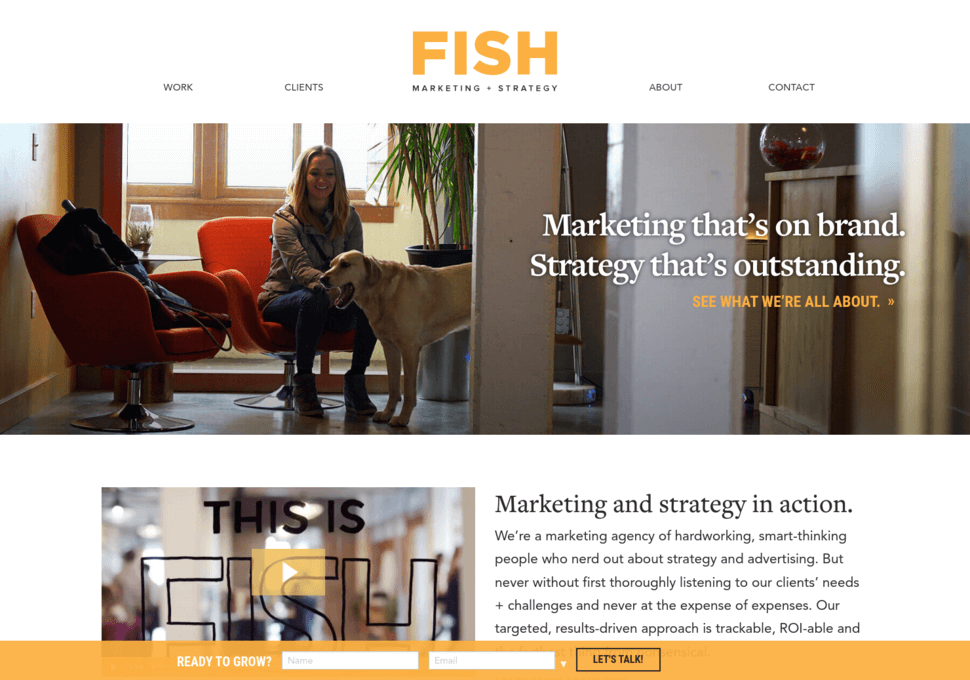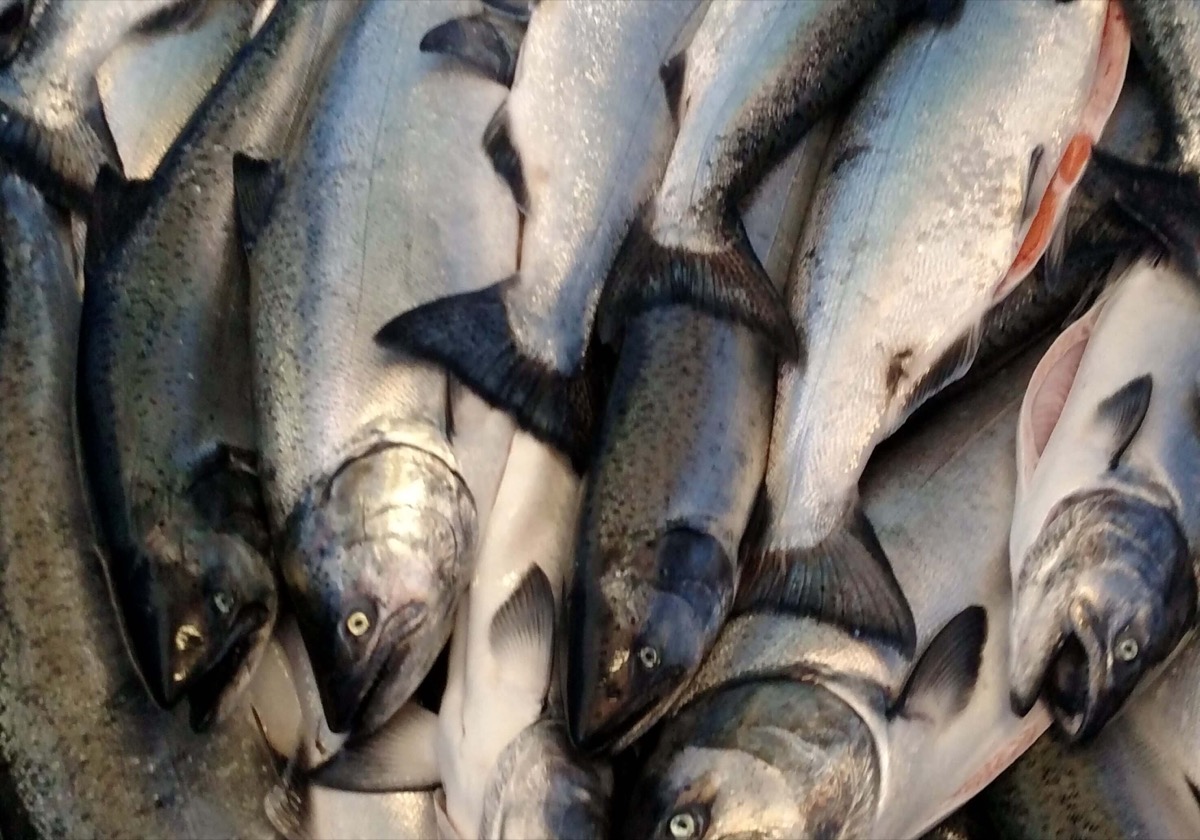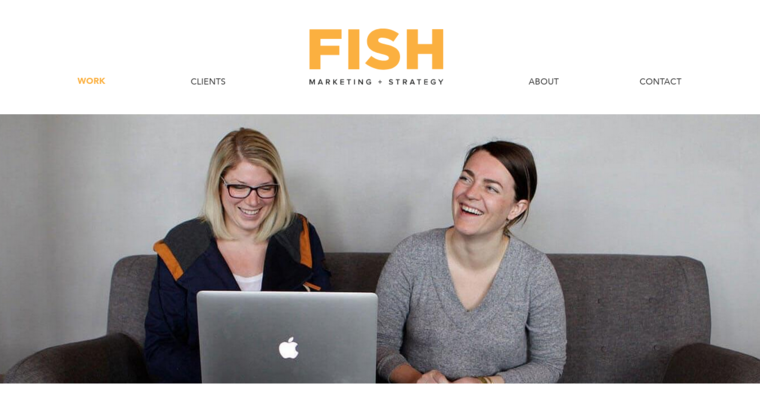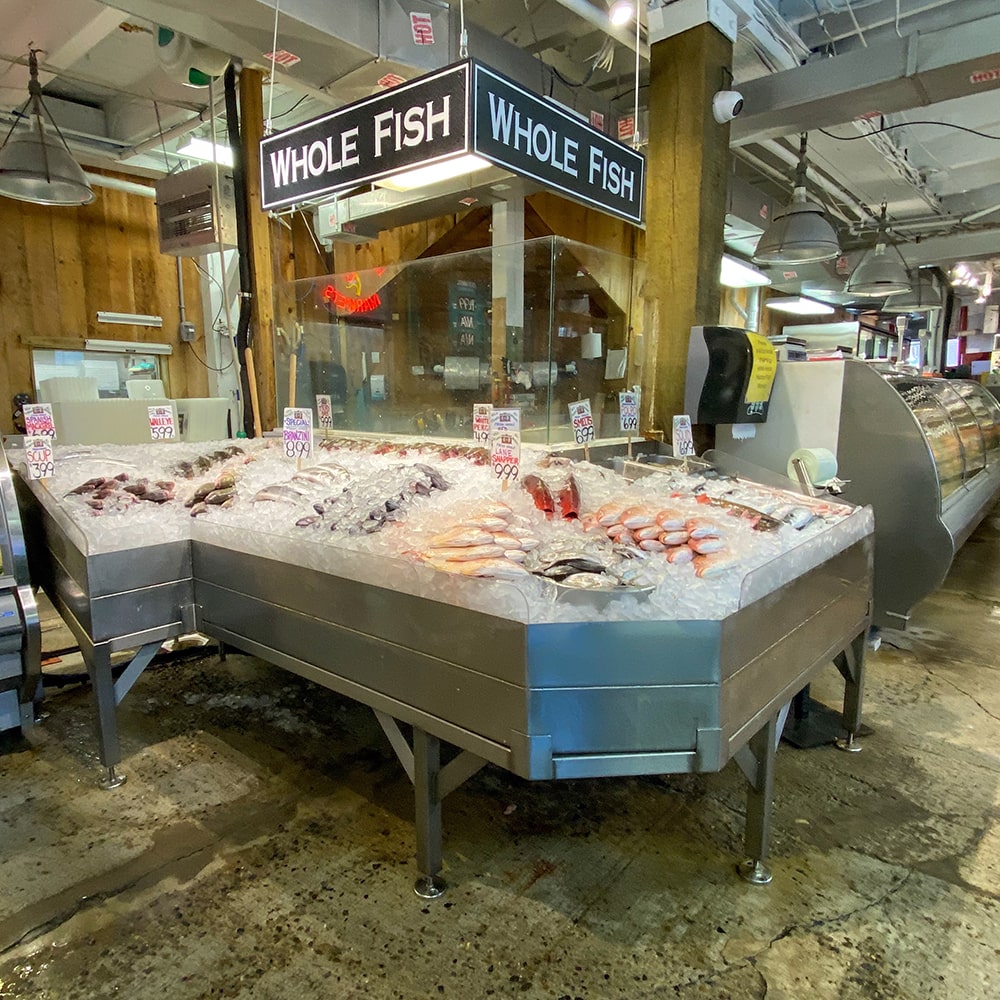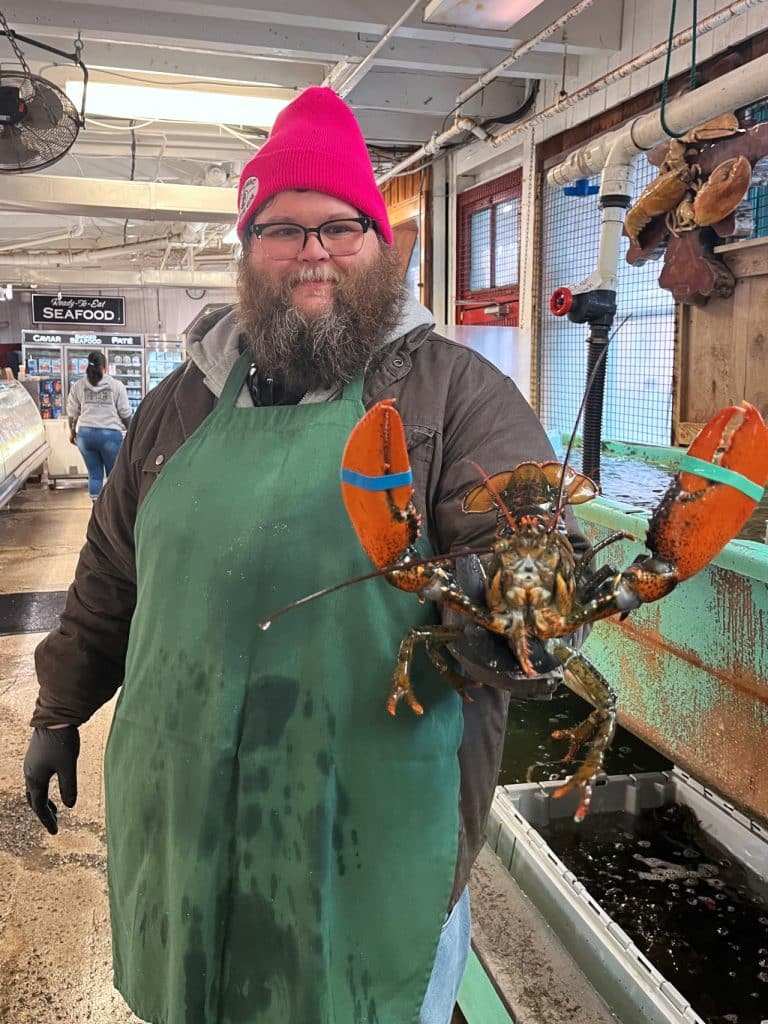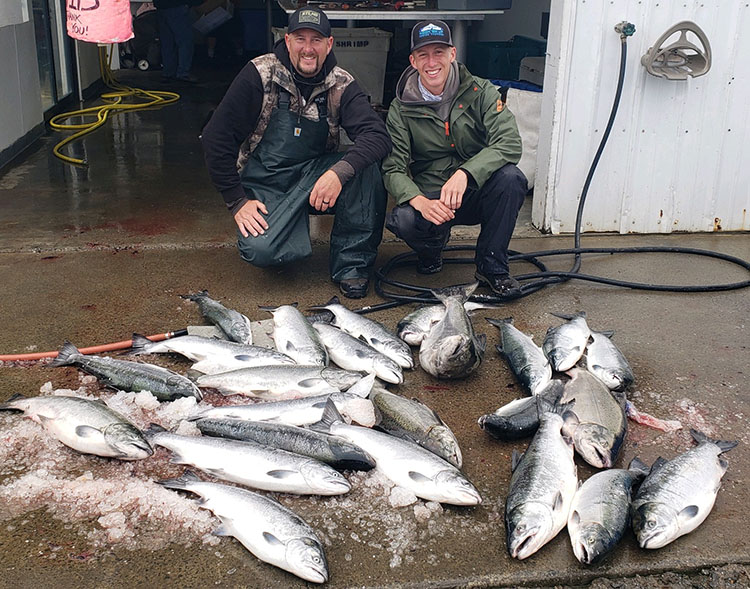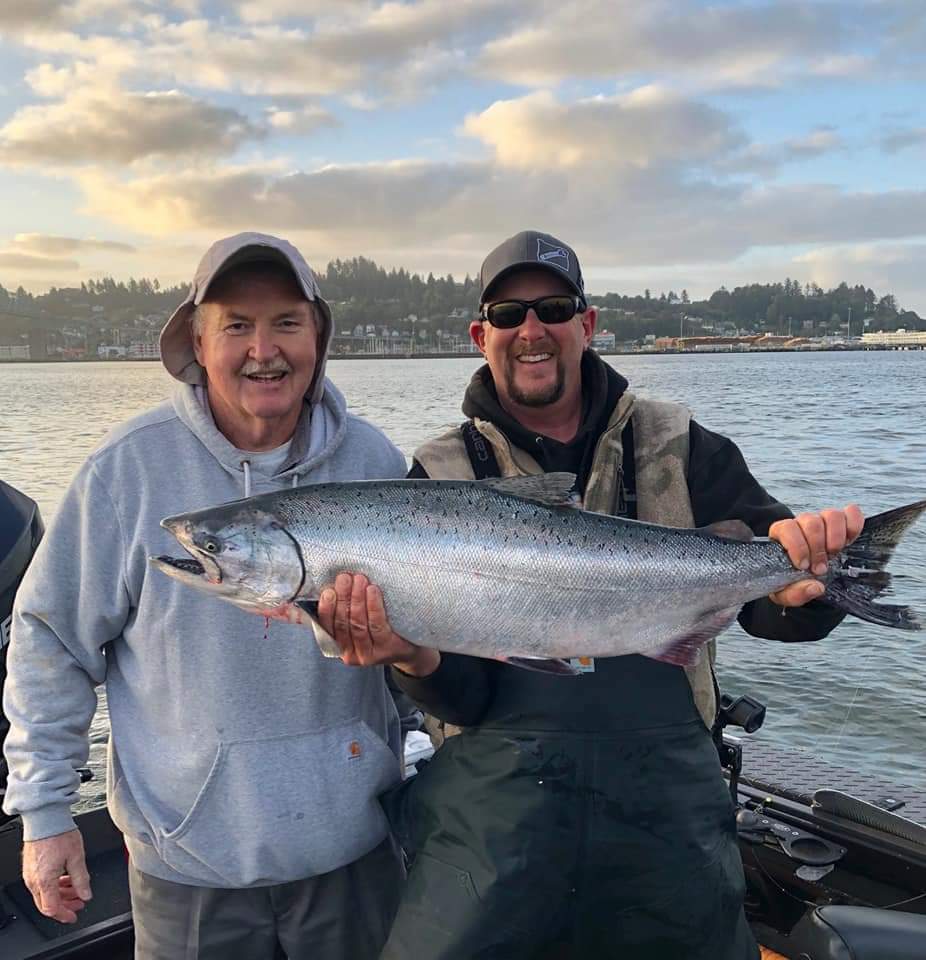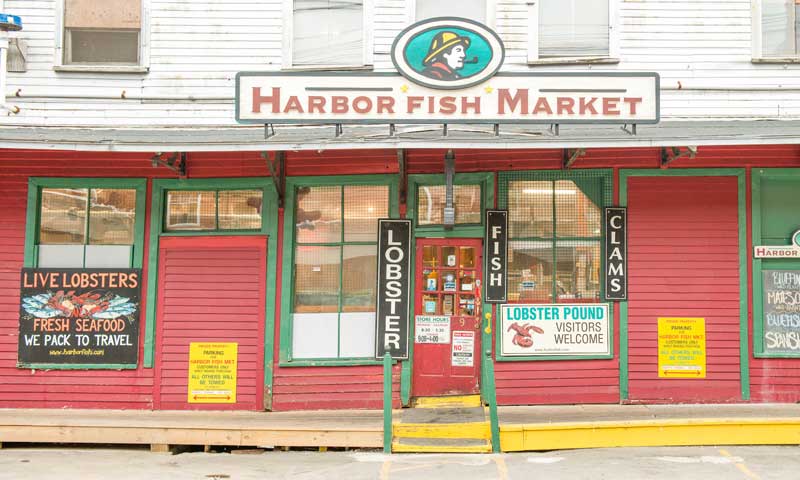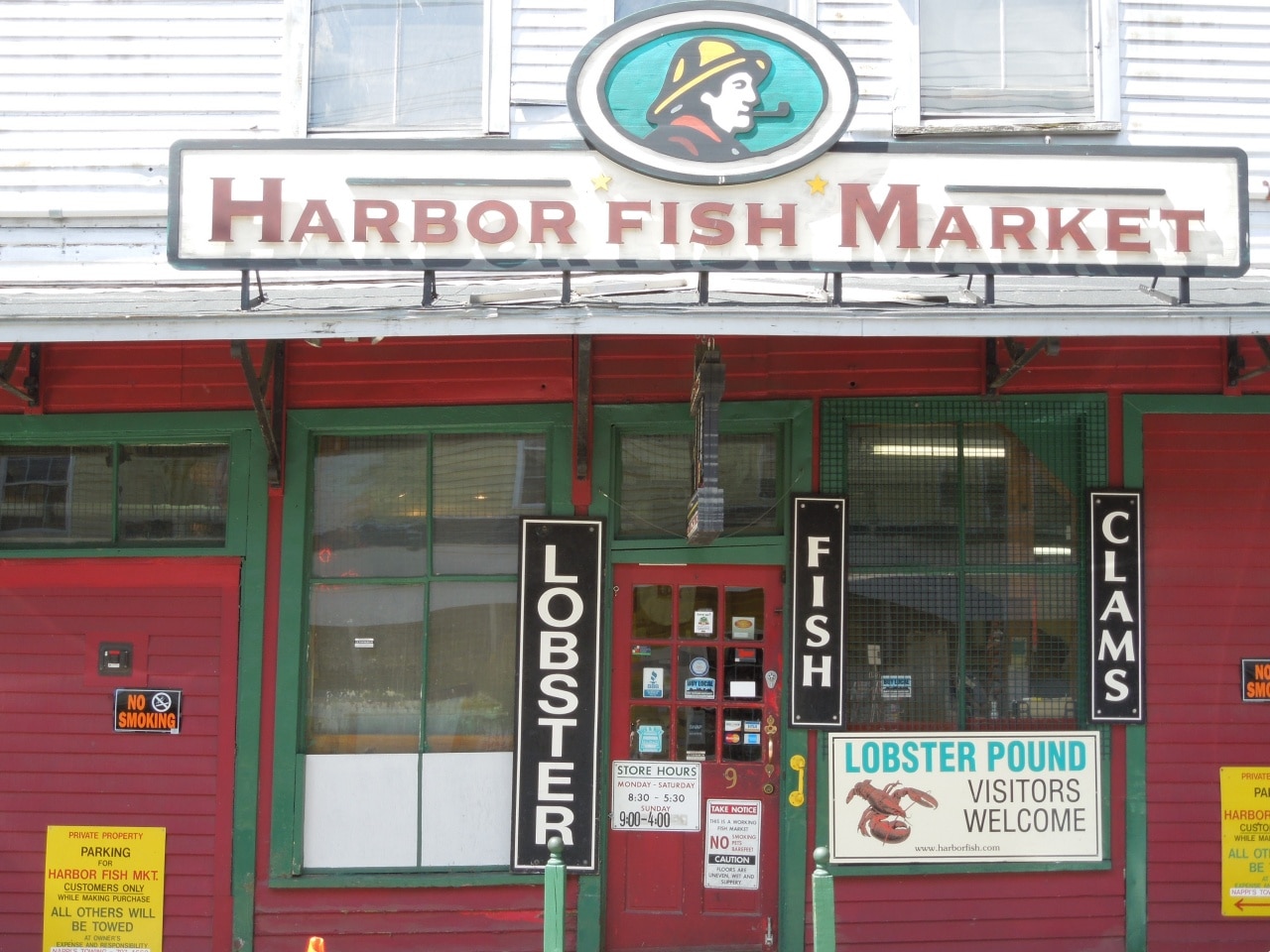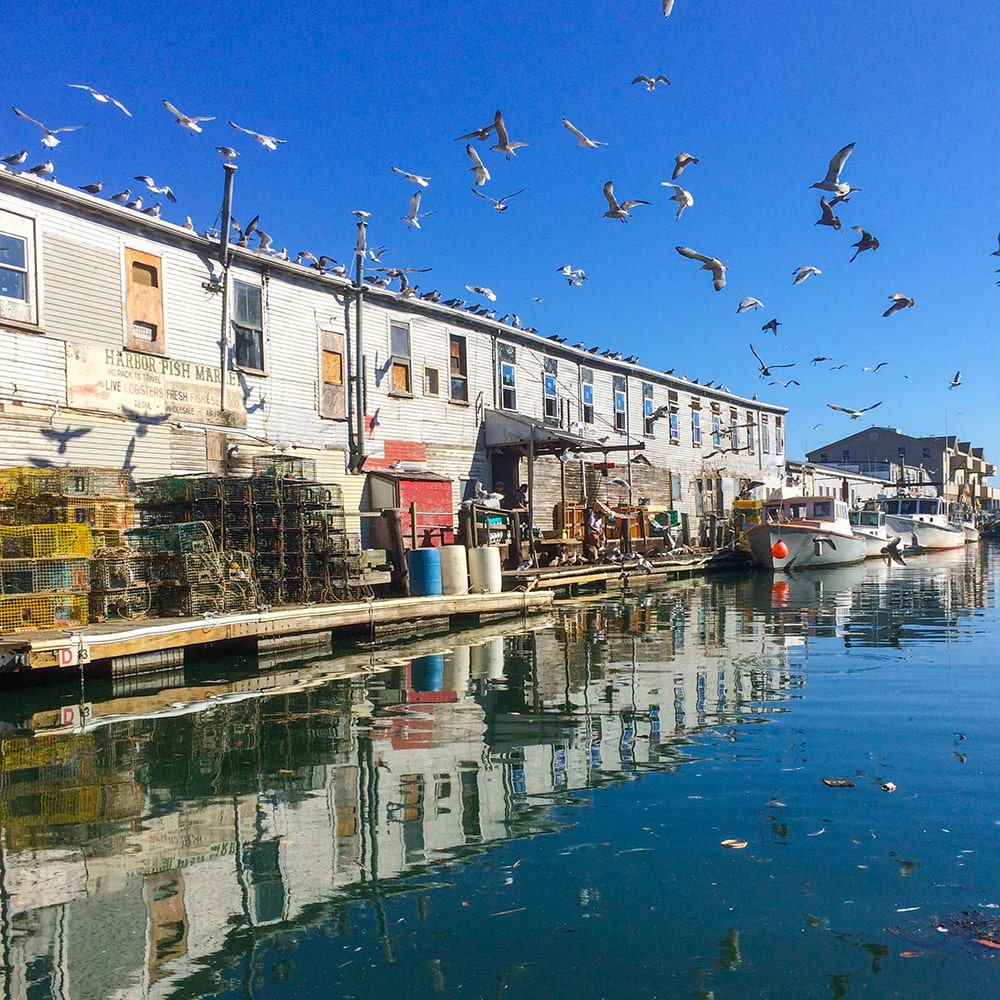Fish Marketing Strategies In Portland Oregon
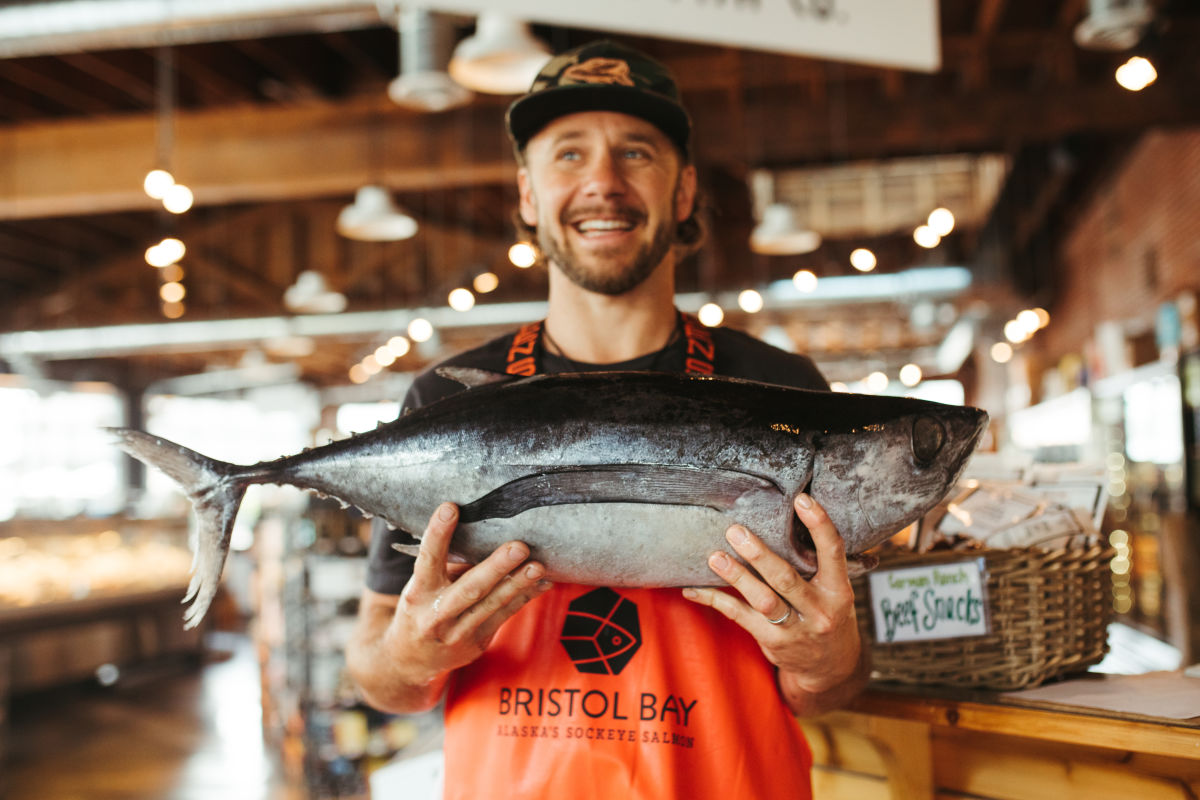
The early morning mist hangs heavy over the docks of Portland, Oregon, clinging to the weathered wood and the salty air. The rhythmic clang of metal against metal, the chug of boat engines sputtering to life, and the cries of gulls wheeling overhead create a symphony unique to the Pacific Northwest. Here, amidst the activity, the day's catch is being unloaded – glistening silver salmon, vibrant Dungeness crab, and the ever-popular Oregon pink shrimp. But getting these treasures from the ocean to the plates of Portlanders, and beyond, requires a complex and innovative dance: a carefully orchestrated series of fish marketing strategies that are constantly evolving to meet the demands of a discerning market.
The heart of Portland's vibrant seafood scene lies not just in the abundance of the ocean, but in the ingenious ways local businesses connect consumers with sustainable, high-quality fish. From direct-to-consumer programs highlighting local fishermen to innovative partnerships with restaurants championing seasonal catches, the city's fish marketing strategies are a blend of tradition and innovation. This article explores the diverse approaches taken by Portland's fishermen, distributors, and chefs to ensure that the bounty of the Pacific reaches tables near and far, while also protecting the health of the ocean for generations to come.
A Deep Dive into Portland's Seafood Landscape
Portland's relationship with seafood is deeply rooted in its history and geography. Situated near the confluence of the Willamette and Columbia Rivers, and with easy access to the Pacific Ocean, the city has long been a hub for fishing and seafood processing.
Historically, much of the catch was destined for canneries and shipped across the country, but in recent decades, a growing emphasis on local sourcing and sustainable practices has transformed the industry.
Consumers are increasingly interested in knowing where their food comes from, how it was caught, and the environmental impact of their choices.
The Rise of Direct-to-Consumer Sales
One of the most significant shifts in fish marketing has been the growth of direct-to-consumer sales. Fishermen are increasingly selling their catch directly to customers at farmers' markets, through Community Supported Fisheries (CSFs), and online platforms.
CSFs, modeled after Community Supported Agriculture (CSA) programs, allow consumers to purchase shares of a fisherman's catch in advance, providing them with a regular supply of fresh, seasonal seafood.
This model not only provides fishermen with a stable income stream but also fosters a direct connection with their customers, building trust and transparency.
"The best part of selling directly to customers is the relationships you build," says Sarah Carter, a local fisherman who sells her catch at the Portland Farmers Market. "People want to know about the fish, how it was caught, and what they can do with it. It's a great opportunity to educate them about sustainable fishing practices."
Restaurants: Champions of Local Seafood
Portland's vibrant restaurant scene plays a crucial role in promoting local and sustainable seafood. Many chefs are committed to sourcing their fish from local fishermen and distributors who prioritize responsible fishing practices.
Restaurants often feature seasonal catches on their menus, highlighting the diversity of the Pacific Northwest's marine resources.
Menus might feature Oregon pink shrimp in the spring, followed by wild salmon in the summer and Dungeness crab in the winter.
Chefs are also becoming increasingly creative in their preparations, showcasing the versatility of seafood and introducing diners to new and exciting flavors.
They work closely with fishermen to understand the nuances of each species and to develop innovative dishes that highlight its unique qualities.
This collaborative approach not only benefits the fishermen but also elevates the dining experience for consumers, fostering a greater appreciation for local seafood.
The Role of Distributors in a Complex Ecosystem
While direct-to-consumer sales and restaurant partnerships are gaining traction, distributors still play a vital role in the seafood supply chain. These companies act as intermediaries, connecting fishermen with larger markets, such as grocery stores, seafood markets, and restaurants outside of Portland.
Several distributors in Portland are committed to sourcing sustainable seafood and working with fishermen who adhere to responsible fishing practices.
They often implement traceability programs, allowing consumers to track the origin of their fish and verify its sustainability credentials.
According to a report by the Oregon Department of Fish and Wildlife (ODFW), "Traceability is becoming increasingly important in the seafood industry, as consumers demand more information about the origins and sustainability of their food."
Distributors who invest in traceability systems are better positioned to meet the demands of this growing market.
They can also help fishermen access new markets and increase the value of their catch.
Marketing Seafood Sustainably: A Key to Long-Term Success
Sustainability is at the heart of many of Portland's fish marketing strategies. Consumers are increasingly aware of the environmental impact of their food choices, and they are seeking out seafood that is harvested in a responsible manner.
Several organizations, such as the Marine Stewardship Council (MSC) and Seafood Watch, provide certifications and ratings to help consumers identify sustainable seafood options.
Many businesses in Portland actively promote their commitment to sustainability, highlighting their efforts to reduce bycatch, protect marine habitats, and support responsible fisheries management.
Marketing sustainable seafood involves more than just labeling products with certifications. It also requires educating consumers about the importance of responsible fishing practices and the benefits of choosing sustainable options.
Fishermen, distributors, and chefs are all playing a role in this educational effort, sharing their knowledge and passion for sustainable seafood with their customers.
By fostering a greater understanding of the issues facing the seafood industry, they are helping to create a more sustainable future for the ocean.
Challenges and Opportunities Ahead
Despite the successes of Portland's fish marketing strategies, several challenges remain. Climate change, ocean acidification, and overfishing continue to threaten marine ecosystems and the livelihoods of fishermen.
Competition from imported seafood can also put pressure on local fishermen, particularly during times of low catches.
However, there are also significant opportunities to further enhance Portland's seafood scene.
Investing in infrastructure, such as improved processing facilities and cold storage, can help to reduce waste and increase the value of local seafood.
Developing new marketing channels, such as online marketplaces and subscription services, can help fishermen reach a wider audience.
Strengthening partnerships between fishermen, distributors, restaurants, and consumers can foster a more resilient and sustainable seafood system.
A Taste of the Future
As the sun sets over the Portland docks, the day's catch has been sold, the boats are moored, and the air is filled with the aroma of freshly cooked seafood. The energy of the day slowly dissipates, leaving behind a sense of satisfaction and anticipation for the days to come.
Portland's fish marketing strategies are constantly evolving to meet the challenges and opportunities of a changing world.
By embracing innovation, prioritizing sustainability, and fostering strong relationships within the seafood community, Portland is well-positioned to remain a leader in the sustainable seafood movement.
The commitment of local fishermen, distributors, and chefs to providing high-quality, sustainable seafood ensures that future generations will be able to enjoy the bounty of the Pacific Northwest.
The future of Portland's seafood industry is bright, and it promises to be both delicious and sustainable.
And as I walked away, the gentle lapping of waves against the docks served as a comforting reminder of the enduring connection between Portland and the sea.


